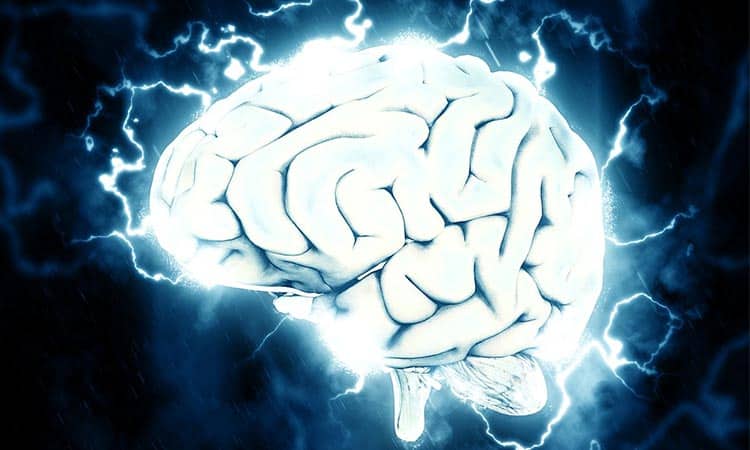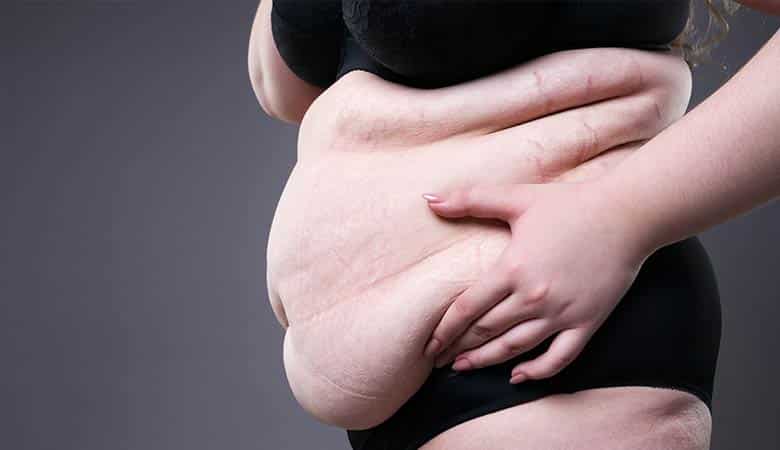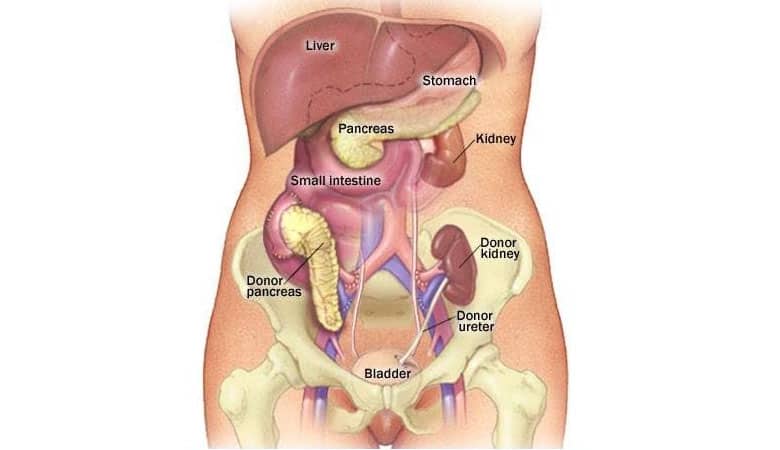The human body has 78 organs. Although all the organs are important, there are five which are vital for survival. These organs include the brain, kidney, lungs, heart, and liver.
Surprisingly, being the vital organs, they are also among the heaviest organs in the human body. The weight of the organs is used to determine whether it’s normal or pathological. To learn more about the heaviest to the lightest organs, here is a list.
The Heaviest organs in the body
1. Skin

The skin is the largest organ in the human body and covers about 20 feet. It has three layers: the epidermis (outermost layer), Dermis (beneath the epidermis), and subcutaneous layer.
The average weight of the skin is 4-11kg. The skin protects the other against pathogens, provides insulation, synthesizes vitamin D, regulates body heat, and provides sensation.
2. Intestines

Intestines are a vital organ for your digestive system. It is divided into divisions of the small and the large intestines. The organ weighs about 2.0kg and becomes the second in the list of the heaviest human organs. Their main function is to digest, absorb food, extract fluids and excrete wastes.
3. Liver

The liver is cone-shaped and is dark reddish-brown. It is located in the upper right-hand portion of the abdominal cavity. The average weight of this vital organ is 1.6kg. Its function in the body includes breaking down toxins, producing hormones, proteins, and digestive biochemicals, and regulating glycogen storage.
4. Brain

The brain is one of the most complex organs in the human body. It’s made up of more than 100 billion nerves that communicate in trillions of connections called synapses. The weight of the organ varies depending on gender. For females, it weighs 1.2kg and males 1.4kg. The brain controls executive functions such as reasoning and coordinates responses to environmental changes.
5. Lungs

Lungs are part of the human respiratory system that help you breathe. The average weight of the organ is 1.1- 1.3 kg, respectively. The lung plays a vital role in the human body, including supplying oxygen and expelling carbon dioxide.
The lightest organs in the body
1. Heart
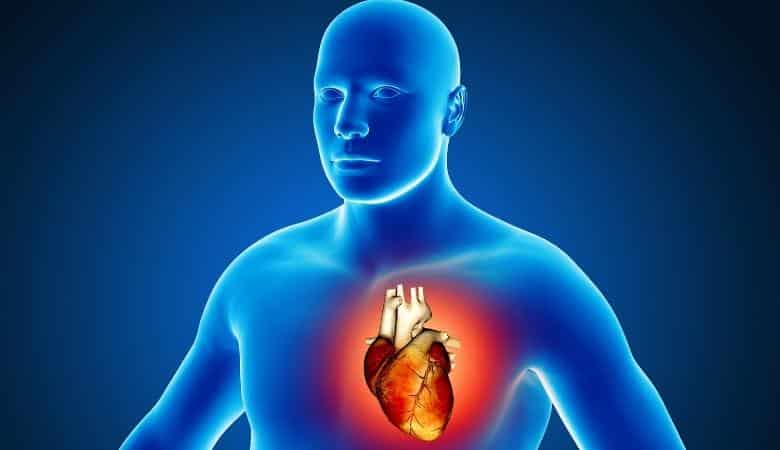
All organs in the body play a vital role. However, the heart plays a crucial role in your existence. It beats around 100,000 times a day and pumps about 8 pints of blood throughout the body 24/7. The size of the organ varies depending on gender. The female’s heart weighs 260g, while the male’s weighs 320g. Its main functions are to carry oxygenated blood from the lungs around the body and deoxygenated blood to the lungs.
2. Kidneys

Kidneys come as a pair and are bean-shaped. Each of the organs is about the size of a fist. Although they are small, they do a lot in the body. I know you will be surprised to know that the pair weigh 260g. Although they are small, the kidneys remove waste products, regulate sodium and water retention, filter blood, and produce urine and hormones.
3. Spleen
The spleen is equally an important organ like all the organs on the list. It plays multiple supporting roles such as filtering blood, keeping a reserve supply of blood, recycling iron, removing bacteria from the body, and synthesizing antibodies. Its average weight is 175 grams.
4. Pancreas
The pancreas is located in the abdomen and weighs around 70 grams. Although it’s one of the lightest organs, its functions are vital for the body’s optimal performance. The pancreas produces insulin and glycogen and secretes enzymes that help absorb nutrients in the small intestines.
5. Thyroid
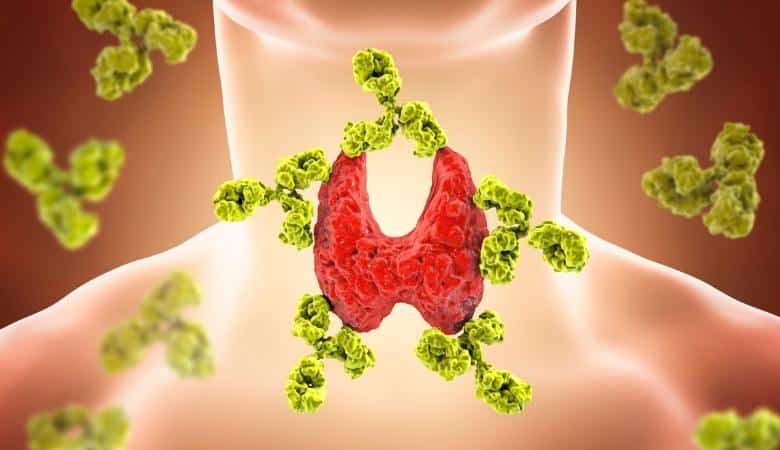
The thyroid is one of the lightest glands in the body, only weighing around 20 grams. Some of its functions include controlling the body’s energy use, making proteins, and controlling hormones.
6. Prostate gland
It’s a gland located between the bladder and penis and is the size of a walnut. Its main function is to secrete an alkaline fluid that constitutes 50-75% of the semen volume. The prostate gland weighs 11g.
The human body has more organs than these, but these are the lightest and heaviest. All organs must be nourished with proper foods so the body can work optimally.

